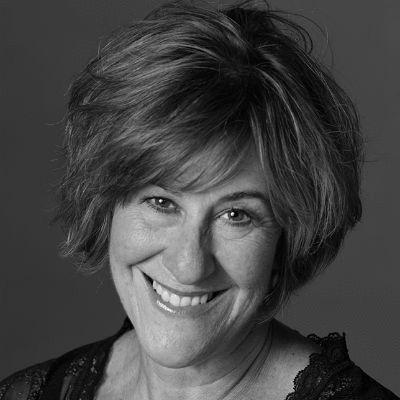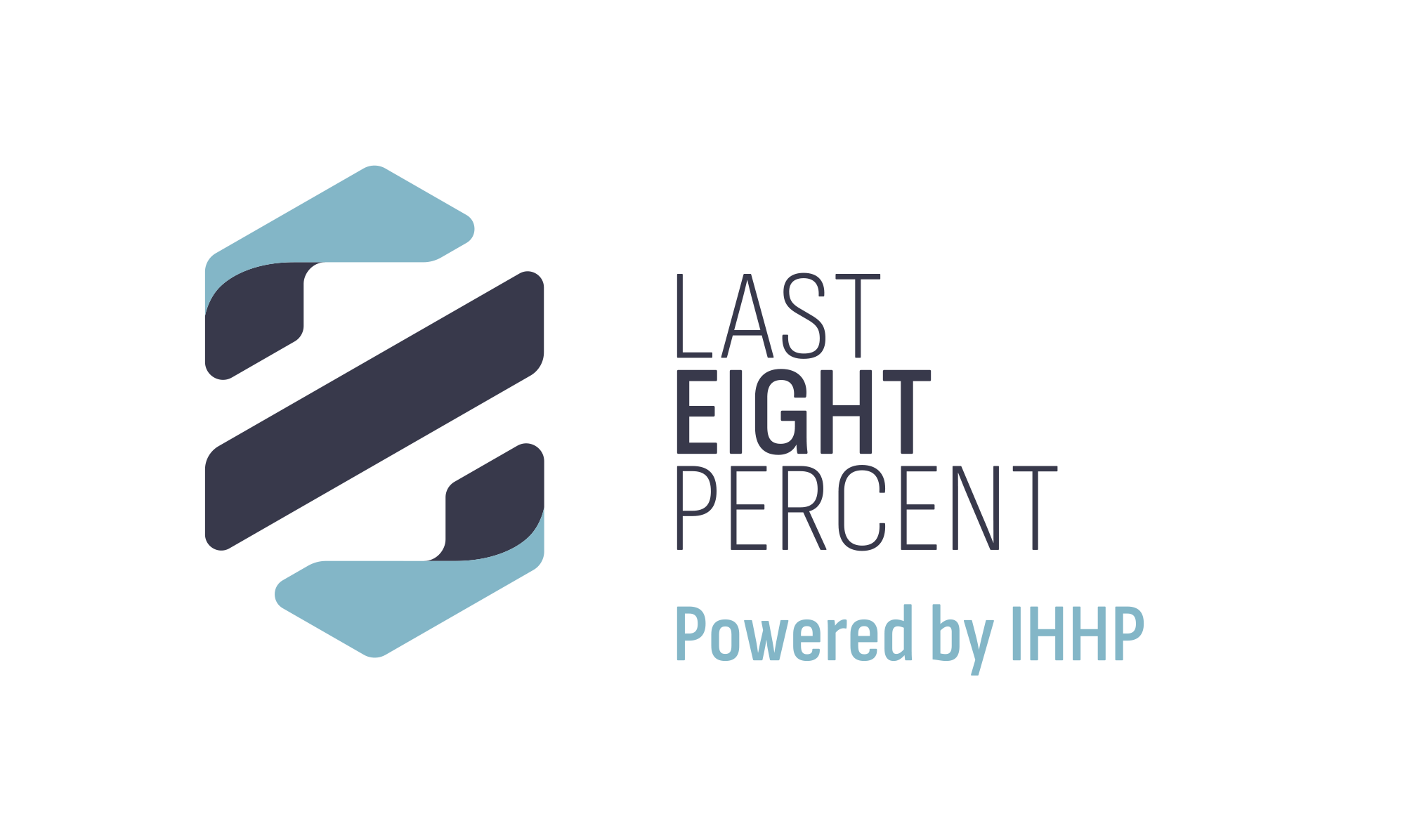IHHP recently presented a livecast that I had the privilege of hosting with the storytellers behind “The Collective Wisdom of High-Performing Women.” The book brings together 70 women who participated in The Judy Project, a program that has trained over 400 women for future leadership positions, to share their stories and advice about values-based leadership, ambition, and making hard choices. To learn more about the book and The Judy Project, watch the full replay of the livecast here.
We are releasing a series of articles to showcase the inspiring real-life stories of the leaders who joined our livecast as panelists and to further explore the leadership traits they talked about and their foundations in the principles of Emotional Intelligence.
Our series begins with a story from Janet Kestin, former Chief Creative Officer of Ogilvy & Mather ad agency, who shares that “connection comes from an emotional place, the place that says it’s okay to feel, that place that’s perceived to be a deficit for women.”
Check out her story below and keep reading to understand what it means to connect authentically and what skills you need to start building connection as your superpower.
Open Heart Policy: A Story About Connection by Janet Kestin
“You’d be really good at this job if you didn’t wear your face on your face.”
I was new to the Chief Creative Officer role at Ogilvy & Mather and my boss felt the need to share this helpful observation after seeing me roll my eyes during a frustrating conversation with a client. I rolled my eyes, proving his point. Everyone has an Achilles’ heel, mine has been my face. If I was happy, you knew it. Sad, thrilled, laughter too loud– and crying, god forbid– all the feelings flashing like neon signs. All the behavior that gets women labelled “emotional.”
And in business, emotional equals unprofessional. But what if it doesn’t? What if it’s actually a secret weapon that creates deeper relationships among colleagues? With customers and clients? What if it’s the key to connection and one of the meaningful underpinnings of success?
Years before the unfortunate eye-rolling incident, one of my most important clients greeted me by saying, “You look awful,” as I arrived late to an early morning meeting. She and I were often at odds, and I wasn’t sure how to respond. Let it slide? Make a little joke? Get on with the reason we were there? Or…
“I spent the night in the hospital with my three year old,” I said as, to my horror, my eyes blurred with tears. “When I got to the babysitter’s last night he was in the window waving. By the time I reached the front door, a fountain of blood was gushing from his head.” He had jumped off the couch straight into a glass coffee table. Fear. Hospital. Stitches. Mother guilt.
“Oh.” She nodded with understanding. “I have a three-year-old boy and he’s a holy terror too.” We spent a few minutes comparing the premature gray hairs that come from having boys who leap before they look. Then we carried on our business with a new sense of ease and the surprising first bricks of trust. It showed immediately in the work that followed.
I gave her a peek into my life, she opened the door to her own. We suddenly saw each other as people, not functions, and it changed the dynamic between us forever. Who knew that a simple human exchange had such power to build bridges? Me. I knew.
I grew up in and out of the French community in Quebec where open affection, big gestures, dramatic feelings, and what we now call “oversharing” were the norm. When I came new to the workplace, it was without armor, without one single clue about the codes of business culture, and I found that that openness was contagious– quick connective tissue. Except with the “titled.” The bigger the office, the tighter the lip. So it was a lesson I ignored.
While I was busy mimicking the behavior of the grown-ups – the guys, and the rare woman who had made it into their circle. Those people didn’t fling their lives all over the boardroom table. Except for an occasional flare of anger, or the fist pumping high that comes with a big win, they kept a lid on their emotions. The tone was light or “business serious.” To be like them, I needed to toughen up. I was told, “If you’re a little girl, you have to be a big bitch to be taken seriously.” So I closed my ears to my own inner voice – the one that said feeling is okay. The problem with that though is that it’s my relationships with co-workers and clients that have meant the difference between feeling joy or feeling misery.
I liked my job. Sometimes I loved it. But it wasn’t always satisfying. Wasn’t always fulfilling, meaningful, pick your adjective, feeling connected to other people was what got me through. The first time I spoke in public, it was at a client off-site. I and my art director partner, Nancy Volk, who if you read the book, you will meet as well. We had just won our first Cannes Lion, which is a fancy ad award for a campaign we’ve done for Dove – the Dove Campaign for Real Beauty.
I was invited to talk about what it took to come up with that idea and why the client-agency relationship was so important. I wrote the speech, made the slides and two days before the event, [then] realized that I didn’t want to do it. Nerves. The idea of standing in front of a group of businesspeople dealing with a slide carousel, a clicker. What if the technology failed? What if I couldn’t remember my stuff? I could hardly breathe. Could I do it without slides? Fewer moving parts meant less could go wrong. But I still needed to show them something.
I sat on the floor of my office cutting pictures out of magazines like a five-year-old, sticking them onto big sheets of coloured paper, 17 in all, each with a headline. On the back of every page, I wrote two or three words to remind myself of what I wanted to say.
When the day came, my legs were shaking so badly that instead of standing at the front of the room, I pulled a small table close to the audience, sat on it cross-legged, the rainbow stack of paper in my lap. I flipped up those “slides” one at a time and just talked. I invited them into the conversation with me. I knew if I could connect with them, I’d be okay. When I finished no one left the room. We just kept on talking. Connection got me through.
There’s a management style called “leading by walking around,” and it’s exactly what it sounds like.
My style was kind of like that. I tried not to default to email or even to the phone as much as possible. I visited people, sat in their offices, listened, chatted, stayed, caught up, [and] let them into my life as they let me into theirs. Maybe that’s why when a young employee was torn between following a woman he loved to another city and maybe giving up the career he loved, or staying in Toronto and maybe giving up a woman — he came to my office to cry. People often came to my office to cry.
Connection comes from an emotional place, the place that says it’s okay to feel that place that’s perceived to be a deficit for women. The sternness, anger, toughness, even rage of men has been grandfathered in, even admired as “ruling with a firm hand.” Boys will be boys and all that.
I’ve come to the conclusion that it’s time for some grandmothering in. And here’s what I imagine our grandmas, along with the most current management thinkers would say:
Try walking instead of texting. Let an open door policy become an open heart policy. Ask more questions. Listen, instead of talking. Share yourself more. Try not to wear your face on your face quite so much. But remember that your heart has a place on your sleeve. It’s how you connect, and connection is a superpower.
Janet’s Story: A Blueprint for Building Emotional Intelligence
Characteristics like compassion and connection have long been considered feminine weaknesses. In an increasingly interconnected and inclusive world, these characteristics are now being recognized as skills that define leaders who strengthen organizations.
Janet summarizes her story by providing actions people can take to build connection:
- Try walking instead of texting.
- Let an open door policy become an open heart policy.
- Ask more questions.
- Listen, instead of talking.
- Share yourself more.
In reflecting on this list, many of these actions are habits of people who have a high level of Emotional Intelligence (EI) and better understanding of their leadership voice. In fact, we know that having strong EI skills is the key to making connections and cultivating workplace relationships for both men and women. However, it is not easy and it requires skills and practice.
Many of us, men and women, can be challenged to listen instead of talk. We often prefer the comfort of certainty over the openness of curiosity required to ask more questions. Remaining open, sharing yourself, and being comfortable with emotion requires a strong sense of self-awareness and the ability to manage the emotions that are associated with openness and vulnerability. Expressing emotion in the workplace may traditionally be seen as unprofessional, but as Janet says, embracing that “feeling is okay” is the first step to building connections that serve everyone.
At IHHP, we hope our livecasts, our articles and resources, and our learning programs provide people with the opportunity to start the journey of building the skills of Emotional Intelligence, the skills that help us all work better together.
Continue the learning.
Also read:
- Emotional Intelligence, Tenacity, and High-Performing Women
- Emotional Intelligence, Compassion, and High-Performing Women
- Emotional Intelligence, Lifelong Learning, and High-Performing Women
Join us for a follow-up event with the panel in which we will continue the conversation and dive deeper into the personal stories and themes shared.

About the Speaker
Janet Kestin was Chief Creative Officer of Ogilvy & Mather ad agency and was one of the leaders behind Dove’s landmark and highly successful campaign for real beauty. In 2012, Janet was named to the “100 Most Influential Women in Advertising” list by Advertising Age magazine. Janet co-founded Swim in 2012, a company that helps creative companies close big leadership skills gaps, and Janet’s 2014 Harper Collins book called “Darling, You Can’t Do Both and Other Noise to Ignore on Your Way Up,” was listed among Inc Magazine’s 2017 “Top 60 books on leadership.”

About the Host
As a lifelong student of human behavior, a psychotherapist / family therapist turned organizational psychologist, Dr. Cranla Warren believes that a strong foundation of Emotional Intelligence (EI) builds great leaders, fosters employee engagement and creates great places to work. She has a wealth of knowledge and professional experience in the areas of collaboration, values-based leadership, coaching, and strategic business execution. Dr. Warren holds a Ph.D. in Organizational Psychology and a Professional Post-Graduate Certificate in Leadership. She currently holds the position of Vice President of Leadership Development at the Institute for Health and Human Potential. Subscribe to Cranla’s People Matters newsletter!

